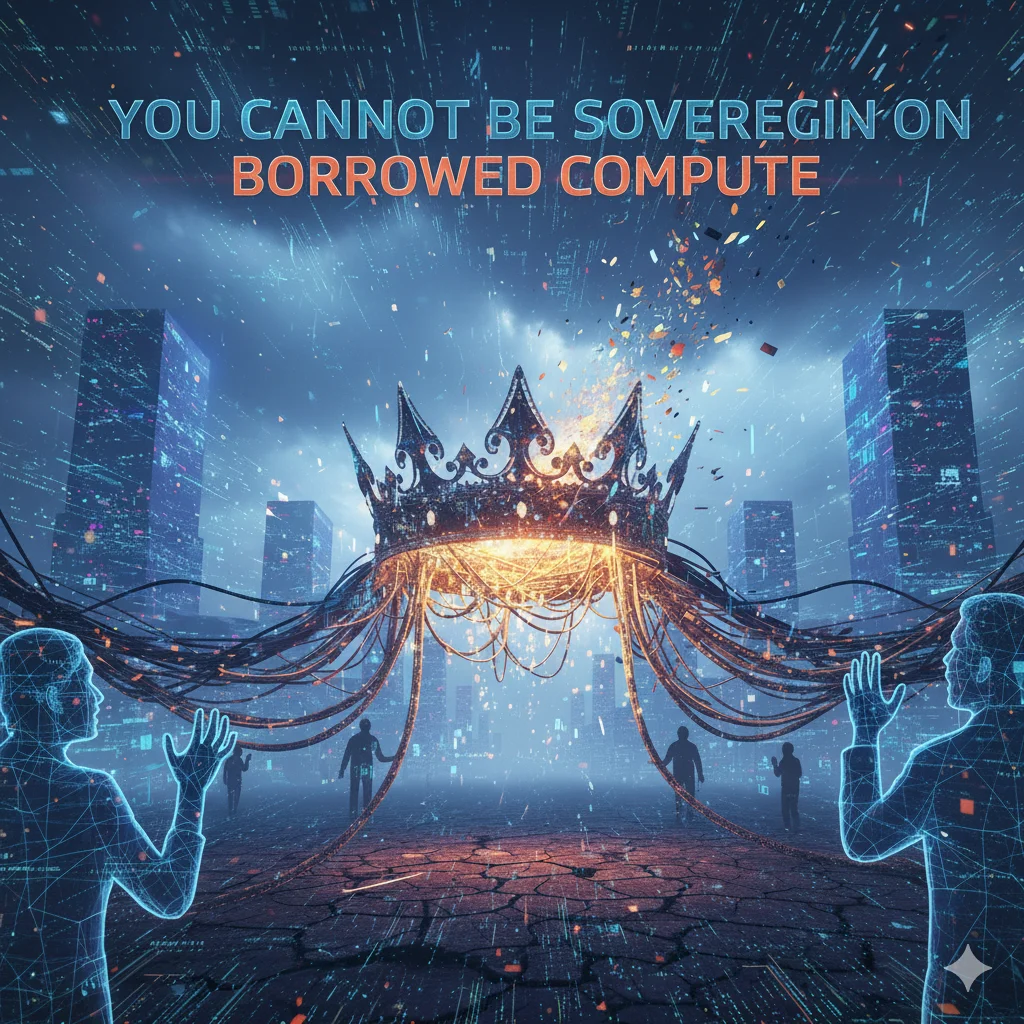For most organizations, becoming digital first is a priority and more often than not digital transformation begins as an outside-in process. But even the most transformation well-articulated strategies are bound to fall flat if they don’t focus on the inside of the organization as much as the outside.
When thinking about re-designing a company for the digital age, too many leaders choose to focus on strategy rather than collaboration and execution. This approach in my opinion clearly sets their companies up for failure. Organizations must emphasize on how they will get things done along with on what they are trying to accomplish. Organizations must design a new digital workplace that reduces friction in operations, processes, technologies, and the way people work.
Change Management: Why CEOs Must Lead the Move Towards Organizational Seamlessness?
There is an urgent need to move away from traditional organizational operations. Siloed processes need to be interconnected by technology interventions where more decisions are made without human involvement. We need to move towards an organizational seamlessness that is now essential to stay relevant and profitable. The drive towards seamlessness, must start with leadership. And the only person who can ultimately really design the organization is the CEO. This leads us to the fundamental issue that for companies to evolve, CEOs need to evolve. This is big impact move that organizations are looking for. How many CEOs are up for the challenge? Because this will require unlearning and learning both. This is a very uncomfortable position to be in for most CEOs. Because in today’s rapidly evolving world business strategy is no longer set in stone. Organizational structures and barriers will have to be broken. Some of these processes will have to be micro-managed.
Let me share some of the guiding principle for change management that we at Hansa Cequity encounter everyday:
- Have a well-articulated customer strategy
- Assess the organizations maturity for embracing change
- Fix responsibility and executive ownership.
- Develop a strategy for process and cultural integration across the organization
- Put the right team in place – for new technologies, new hires and partners
- Set-up a cross function, cross business team. Collaboration is key.
- Communicate. Communicate. The need for change. And then the successes achieved.
- Empower, acknowledge and reward the change leaders
Change management is a continuous process it requires not only process and mindset change but also an intrinsic culture change. These are very difficult subjects and should keep the CEO awake late into the night.










